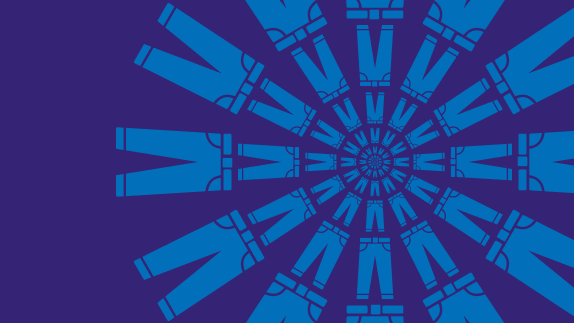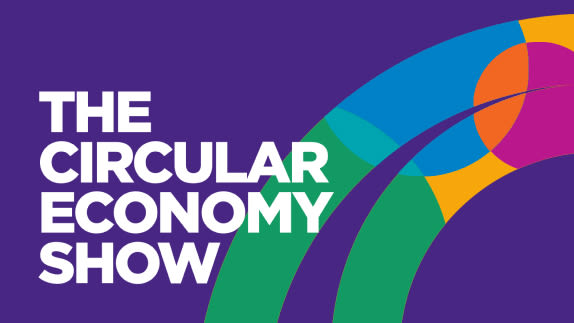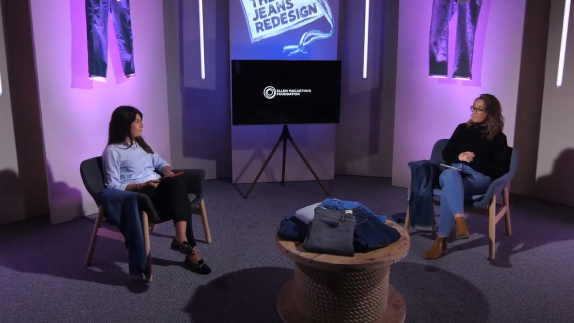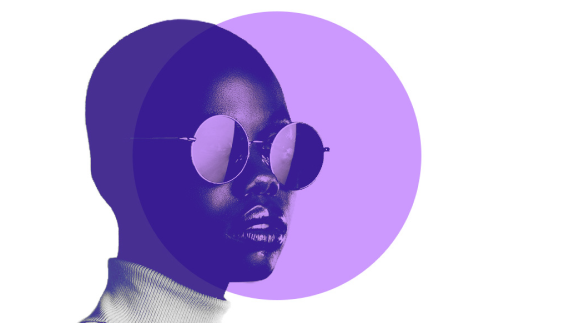
name:
Cross Textiles
founded:
1939
origin:
Turkey
After committing to redesign jeans to meet The Jeans Redesign guidelines, garment manufacturer Cross Textiles is applying circular design principles to other garments in its portfolio and highlighting the mindset shift behind designing circular clothes.
What they do
Family-owned Cross Textiles has been producing clothes since 1939, and jeans since 1975, supplying major fashion brands around the world.
As a participant in The Jeans Redesign project, the manufacturer has met all the mandatory guidelines on the reported jeans, including avoiding the use of harmful chemicals and techniques in the finishing process, and use of at least 98% cellulose-based fibres. Peter Lantz, Head of Sustainability at Cross Textiles, describes “It's firstly a mindset, actions start at the design level. Understanding the "why" behind the design guidelines empowers designers to become more creative. Everything is less difficult once the customer and we, as a garment manufacturer, align on what we aim to achieve. ”
Having familiarised themselves with the design principles of a circular economycircular economyA systems solution framework that tackles global challenges like climate change, biodiversity loss, waste, and pollution. It is based on three principles, driven by design: eliminate waste and pollution, circulate products and materials (at their highest value), and regenerate nature., the company’s garment designers are now expanding the use of The Jeans Redesign guidelines into other garments in its portfolio, such as denim jackets and denim dresses.
“The design team has taken inspiration from The Jeans Redesign project and applied this in the non-denim area,” says Peter Lantz. “We’re using the knowledge base of the Ellen MacArthur Foundation to change the mindset both internally and with stakeholders…this is, in our opinion, the overriding purpose of The Jeans Redesign Project.” In reflection on expanding the use of The Jeans Redesign guidelines beyond jeans, Peter shared “it is crucial that we reach a common understanding of how we are currently conducting business in denim and beyond.”

Why it’s an example of the circular economy
Design is a critical lever in the transition to a circular economy. Important choices are made at the design stage, including product material choices, and how easily they can be reused, repaired, refurbished, or disassembled. This ties into the ability to offer circular business models to ensure garments can be returned into a circular system. It’s hard to reverse the impacts of design decisions once they are implemented: we can’t unscramble an omelette.
In the USA, 66% of textiles are sent to landfill, often because clothes are made of complex yarns, for which the processing technology or infrastructure does not exist, less still in the volumes they are produced.
By designing clothes to be durable (so that they can be used more), deconstructable (so that the materials they contain can be reused in other garments), and made from safe, and recycled or renewable input, Cross Textiles is contributing to the transition to a circular economy for fashion.







